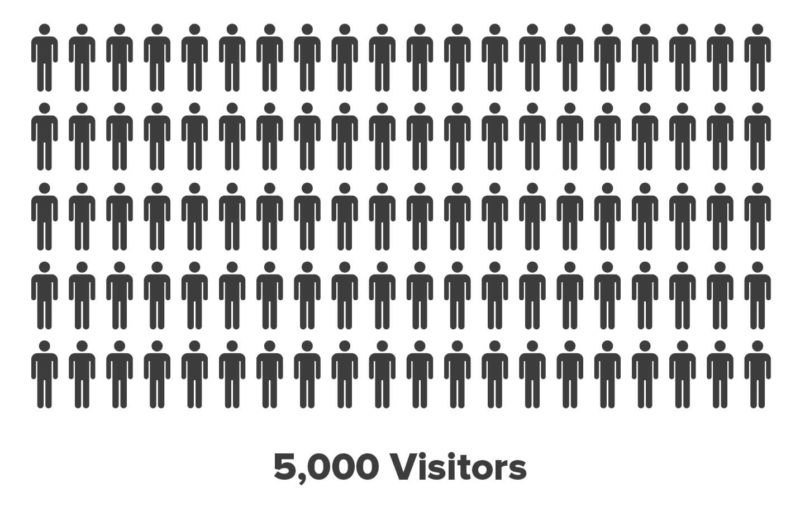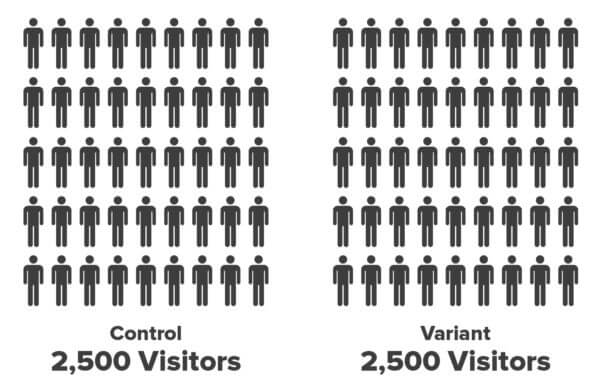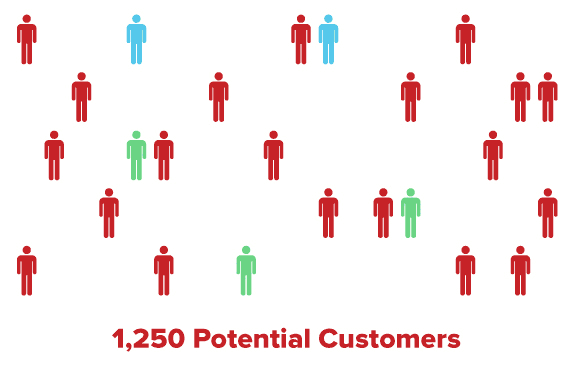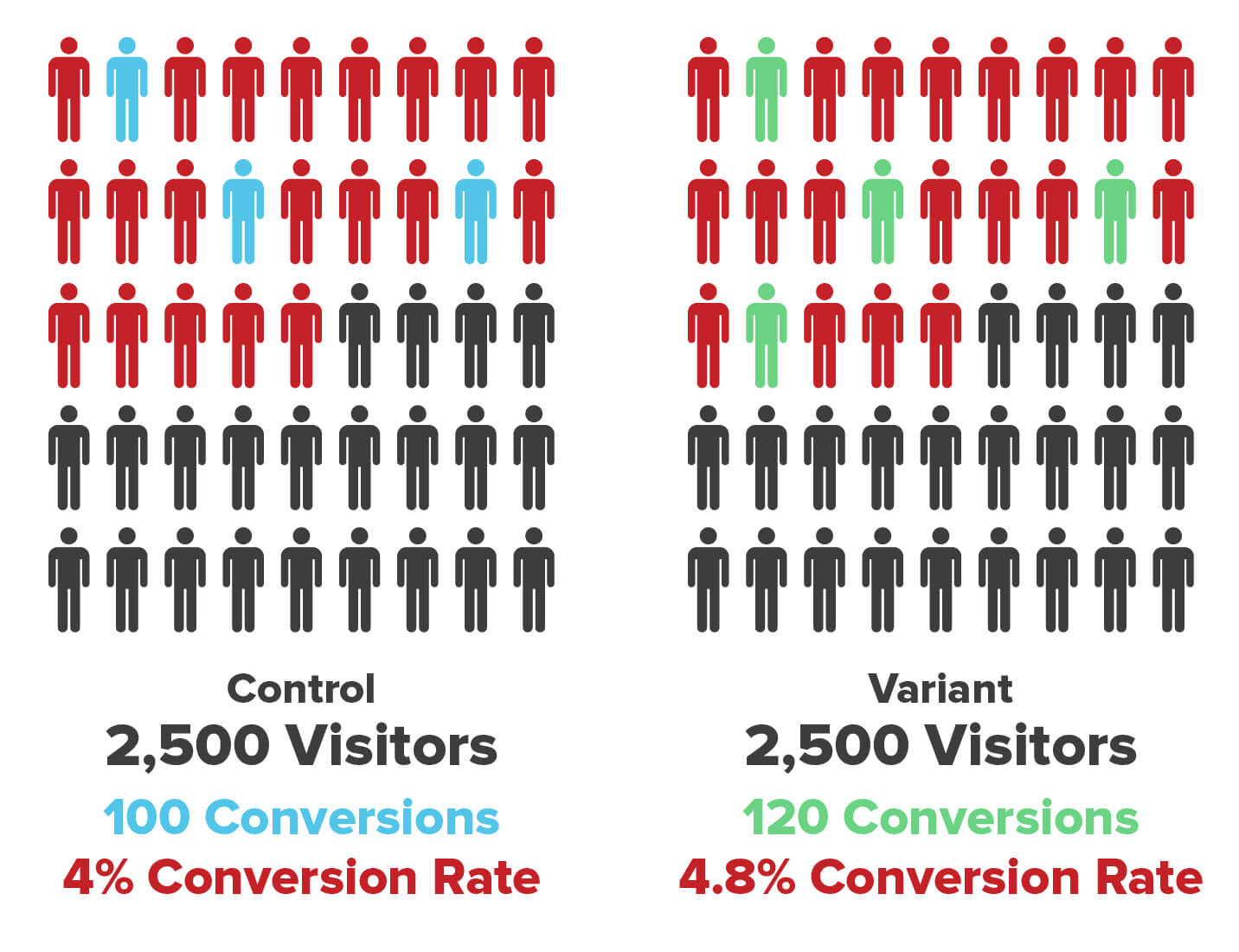Site optimization or traffic optimization: Which delivers better results?
Knowing where to invest in online marketing is crucial for search marketers with limited budgets and resources. Columnist Jacob Baadsgaard explores whether you're better off investing in higher-quality traffic or conversion optimization.
You hear a lot about user experience (UX) testing these days. As an online marketer, you’re supposed to test your site, test your landing pages, test your app… basically, the mantra is, if you’re not testing, you’re wasting money on bad design!
No argument here.
But, while I’ve been a big fan of testing and conversion rate optimization (CRO) for almost a decade, I’m also a very practical sort of guy. CRO is a great idea, but sometimes you have to pick your priorities as an online marketer — especially if you’re in charge of marketing a smaller business with limited resources.
For marketers in this sort of situation, choosing where to spend your time is just as important as choosing where to spend your marketing budget, which begs the question:
Should you focus on improving your traffic quality, or on improving your site experience?
Now, don’t get me wrong — in a perfect world, you’d optimize your site and your traffic quality simultaneously. But most of us have to operate under less-than-perfect circumstances, and we need to spend our time where it counts.
A quick thought experiment
Of course, every campaign and business is different, so there is no “one size fits all” answer to the traffic vs. testing debate. But, to get a little perspective on how traffic optimization and site optimization can affect your marketing campaigns, let’s take a page out of Einstein’s book and run a little thought experiment.
Since this is Search Engine Land, let’s imagine that you’ve set up a paid search campaign for your company. On average, your cost per click is $4, but you’d like to change that.
Over the past few months, you’ve spent $20,000 on this campaign, and your ads were clicked on about 5,000 times.
Check out all that traffic! With that many visitors, you should be rolling in conversions, right?
At first glance, it certainly seems that way, but if we assume that your account is about as effective as the average AdWords account, you spent three-quarters of that $20,000 marketing budget on traffic that has no interest in converting.
In other words, you wasted $15,000 on the wrong clicks.
The simple fact of the matter is, most AdWords accounts spend 76 percent or more of their budget on search terms that have never and will never convert. (To learn more about this problem, check out this article and this article.)
As a result, you thought that $20,000 was paying for 5,000 potential customers when in reality, it was paying for 1,250 potential customers:
So, while it only costs $4 to get a visitor to your website, you’re spending $16 to get a potential customer to your site. No wonder you’re not rolling in conversions!
Optimizing your site
At $16 a pop, it’s clear that you need to give every potential customer who reaches your site the best possible experience. After all, you need to squeeze every last conversion out of those 1,250 prime visitors.
So, you decide to run an A/B test.
Unfortunately, while it looks like you’re testing an audience of 5,000 visitors, in reality, you’re really only testing a subset of those visitors — the 1,250 visitors who actually might convert.
As a result, while on paper your test looks like this:
You’re really only testing this:
Sad as that is, it still gives you enough traffic for your A/B test. So you set things up, spend another $20,000 on the campaign, and review your results.
To your credit, your new design performs 20 percent better than your original design. That’s a major win!
No wonder people love conversion rate optimization. You spent the same amount of money, but by optimizing your site, you got 20 percent more conversions out of your traffic.
In fact, at a $4 cost per click, your cost per conversion just dropped from $25 a pop to about $21.
Taking the blinders off
But wait, we’re missing something. Remember, while your cost per click for the whole campaign was only $4, it actually costs you $16 to get a potential customer to your site. These test results are only showing how your potential customers responded to your new site design.
If we take the full 5,000 clicks you were really testing into account, your test looks more like this:
And your results look like this:
Now, while going from a 4 percent conversion rate to a 4.8 percent conversion rate is a lot less exciting than going from a 16 percent conversion rate to a 19 percent conversion rate, your conversion rate still increased by 20 percent. Your test was still successful.
But, when we take all of that irrelevant, expensive traffic into account, you’re not paying $21 per conversion. You’re paying around $83 per conversion. All of sudden, your awesome test results aren’t looking quite so awesome.
Optimizing your traffic
Remember, when we were only talking about your potential customers, a $4 cost per click meant a $25 cost per conversion in your control group.
In other words, if you were only paying for relevant, interested traffic to your site, you’d be paying less than one-third of what you are paying for a conversion on your optimized site.
By comparison, if you could improve the quality of your traffic by eliminating 20 percent of your worthless clicks (often a much easier task than improving the performance of your site), you would drop your cost per conversion to $80. Take that $4,000 you were wasting on the wrong traffic and invest it in driving more of the right traffic, and you could be looking at a $55 cost per conversion (and a lot more conversions, too!).
This isn’t just theory, either. We’ve seen firsthand at Disruptive how eliminating wasted ad spend from an account can dramatically reduce a client’s cost per conversion.
For example, here’s what happened when we cut one client’s wasted ad spend by about 20 percent:
In a matter of weeks, their cost per conversion dropped by almost 80 percent.
When you get right down to it, you can’t test your way out of low-quality traffic. In the thought experiment above, you’d need to nearly double your conversion rate to get a $55 cost per conversion. More often than not, that will take a lot more time and effort than a little campaign optimization.
Picking your priorities
Okay, now that we’ve run our thought experiment, what’s the answer? Should you be tweaking your site or tweaking your campaigns?
The honest answer is, it really depends.
If your paid search campaigns are already highly optimized, and you’re confident that your ad spend is driving high-quality traffic to your site, then conversion rate optimization is the way to go. After all, if you’ve got the right people on your site, you need to do everything you can to make their experience compelling.
For most business, however, the quickest route to success is improving traffic quality. As exciting as traffic is, if you’re paying to put the wrong people on your site, it’s going to be hard to make decent money at online advertising.
Conclusion
As marketers, it can be hard to decide where to spend our valuable time and resources. This is particularly important when it comes to optimizing your site and your traffic, which both have a huge influence on the effectiveness of your marketing campaigns.
If you have to pick one, though, it’s usually best to start by refining your traffic quality before you put a ton of time and effort into refining your site. Obviously, there are exceptions to this rule, but in my experience, traffic optimization will deliver quicker and more meaningful results than site optimization for most businesses.
Contributing authors are invited to create content for Search Engine Land and are chosen for their expertise and contribution to the search community. Our contributors work under the oversight of the editorial staff and contributions are checked for quality and relevance to our readers. The opinions they express are their own.
Related stories








